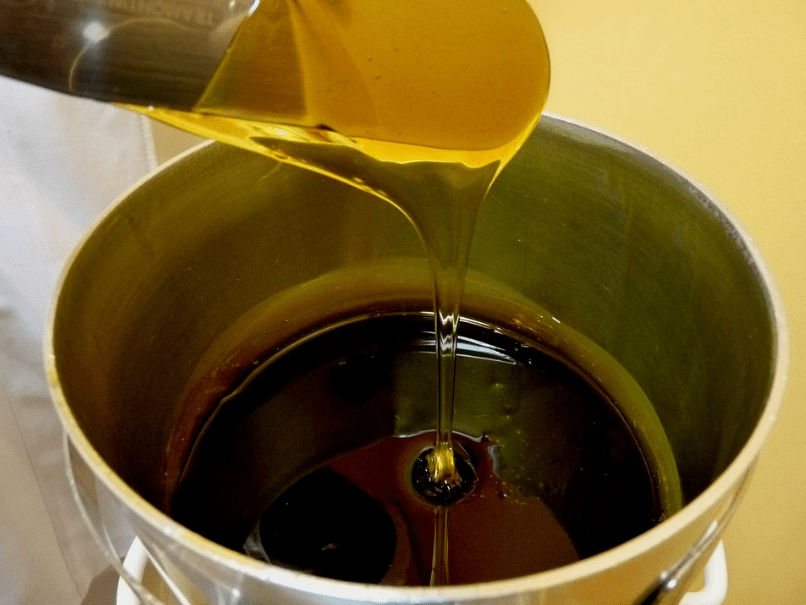There are days when you could care less about how people see you in public and stay carefree as you go out to rock your unshaved arms and legs. But there are also days when you just want to stroke your skin up and down and feel nothing but the silky smooth feeling of hairlessness. For the days when you crave silky-soft skin, there are lots of hair removal options such as body wax, shaving, epilators, depilatory creams, and more. Perhaps the most reliable and standard hair removal method is waxing. But, many people do consider whether they should wax or not.
Waxing involves applying warm, melted strips of wax to the skin, going in the same direction as the hair growth, then pulled in the opposite direction. The heat prompts the hair follicles to expand relatively, making it easier for the whole hair, including the root, to be detached.
Best for: Small areas like the eyebrows, bikini area, and upper lips.
Safety concerns: You must not wax any areas where you regularly apply Retin A. Since it helps in shedding dead layers, Retin A can make the skin thinner; waxing that skin can cause irritation, damage, and redness.
How Effective is Waxing?
Because waxing pulls off the hair at its root, the results can last up until four weeks. You’ll need to have the hair grow to around a quarter of an inch before waxing it again. And while you can wax with safety at any point of the month, it would be more painful to do so during the days leading up to your menstrual period since the skin is more sensitive. It may help if you take some ibuprofen right before your appointment.
Pros and Cons of Waxing
There are lots of fears and myths linked with waxing. Pulling the hair off the skin after pouring on hot wax is bound to scare off some people. So, go and take a look at all the pros and cons of waxing:
Pros
- The effects of waxing max last up to six weeks, depending upon the growth and thickness of the hair, which is more effective than the results of using depilatory cream or shaving. Essentially, waxing pulls the hair off from the roots; hence, it takes longer to grow again, while in the case of shaving, a portion of the hair remains ingrained in the skin that just resumes growing.
- When the hair regrows after waxing, it’s thinner and weaker, unlike shaving that leaves blunt-tipped hair, which ultimately becomes more noticeable and feels stubbly; this is why people think shaving the hair makes it thicker.
- While waxing, you’re removing the hair and the dead cells on top of your skin, which gives it a healthy sheen. Additionally, the pre and post-waxing with soothing gels and lotions make the skin more smooth.
Cons
- The first con of waxing, as everybody acknowledges, is the pain factor. Waxing involves literally pulling the hair out of your skin. And even when you might get used to the pain, you can still feel pain when ripping the hair off your skin, particularly in sensitive areas.
- Even if it’s disputed that minimal allergy is remarked after waxing when compared with using depilatory creams, epilators, etc., especially when a professional does the waxing, the reality is that the method still leaves your pores open, leaving risks of infection. It can also harm the hair bulbs and pores if overdone.
- After removing your hair through waxing, you may be left with your skin feeling irritated. Waxing can cause bumps, redness, itchiness, etc.
- Waxing can also result in the growth of ingrown hairs, notably in the bikini area. To decrease the risk, you must exfoliate your skin before waxing, as dead skin cells can clog your hair follicles and add to the risk of ingrown hairs.
- As mentioned, one of the biggest disadvantages of waxing is its potential for causing a bacterial infection. Every time the applicator stick is dunked back into the wax, it has can probably spread infection. Waxing practitioners must always use a new applicator for every client and use a new stick for every application. Double-dipping—particularly concerning Brazilian bikini waxes, which gets rid of hair from around the anus and the labia— is begging for trouble. Those areas have thinner, sensitive skin, and by incessantly resuing the same stick, there’s a higher chance of translocation of bacteria.
To Wax or Not to Wax?
Taking every pro and con into consideration, it’s understood that while there may be some disadvantages to waxing, you can avoid them by doing proper pre and post-care. With this, you’ll end up having hairless, smooth skin and the liberation from undergoing regular hair removal sessions for a reasonably long time. It’s also essential to pick a professional to get yourself waxed since they know the exact ways of preparing your skin, holding your skin taut while waxing for minimal tugging and pulling, which products you have to use afterward, etc.

